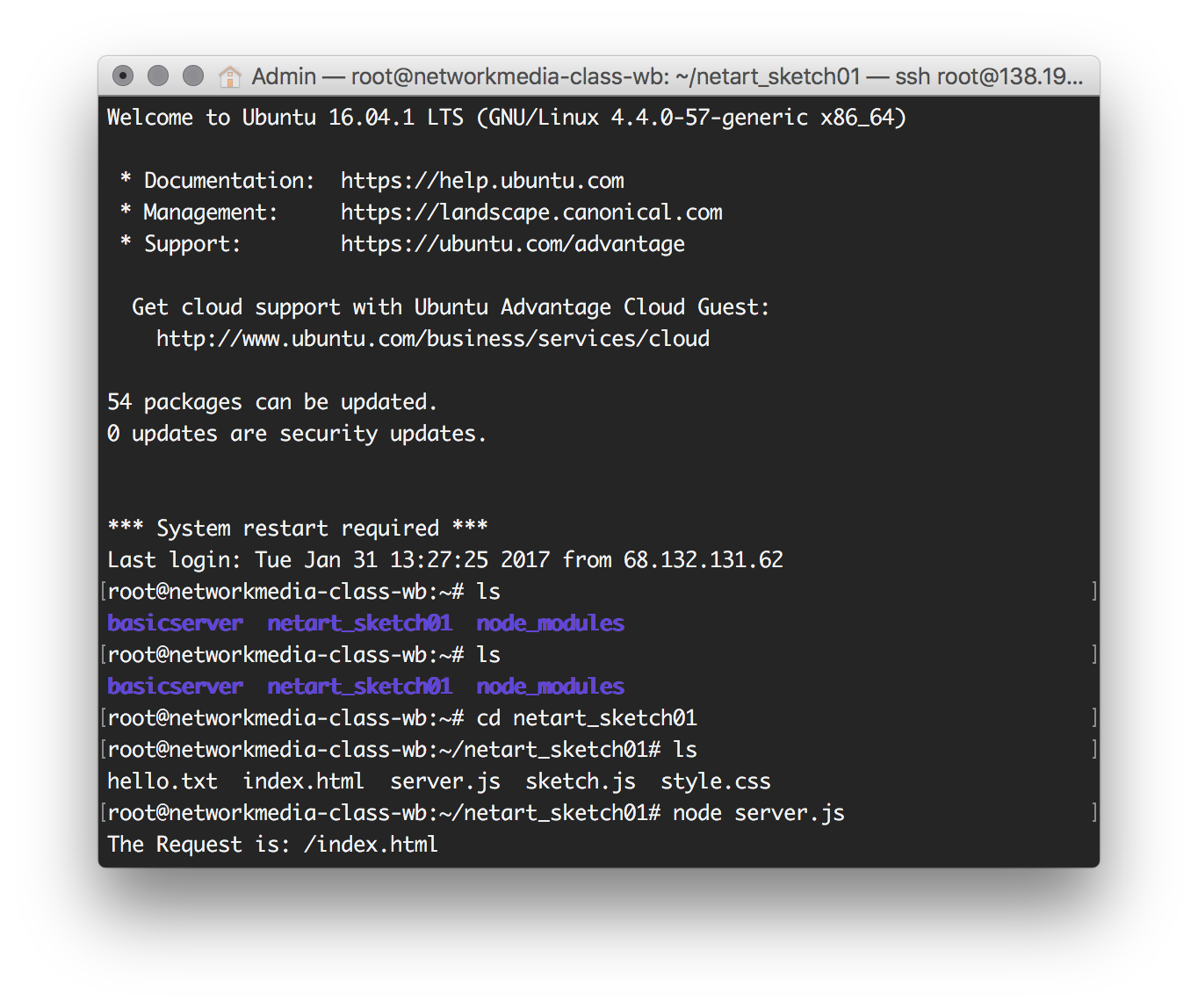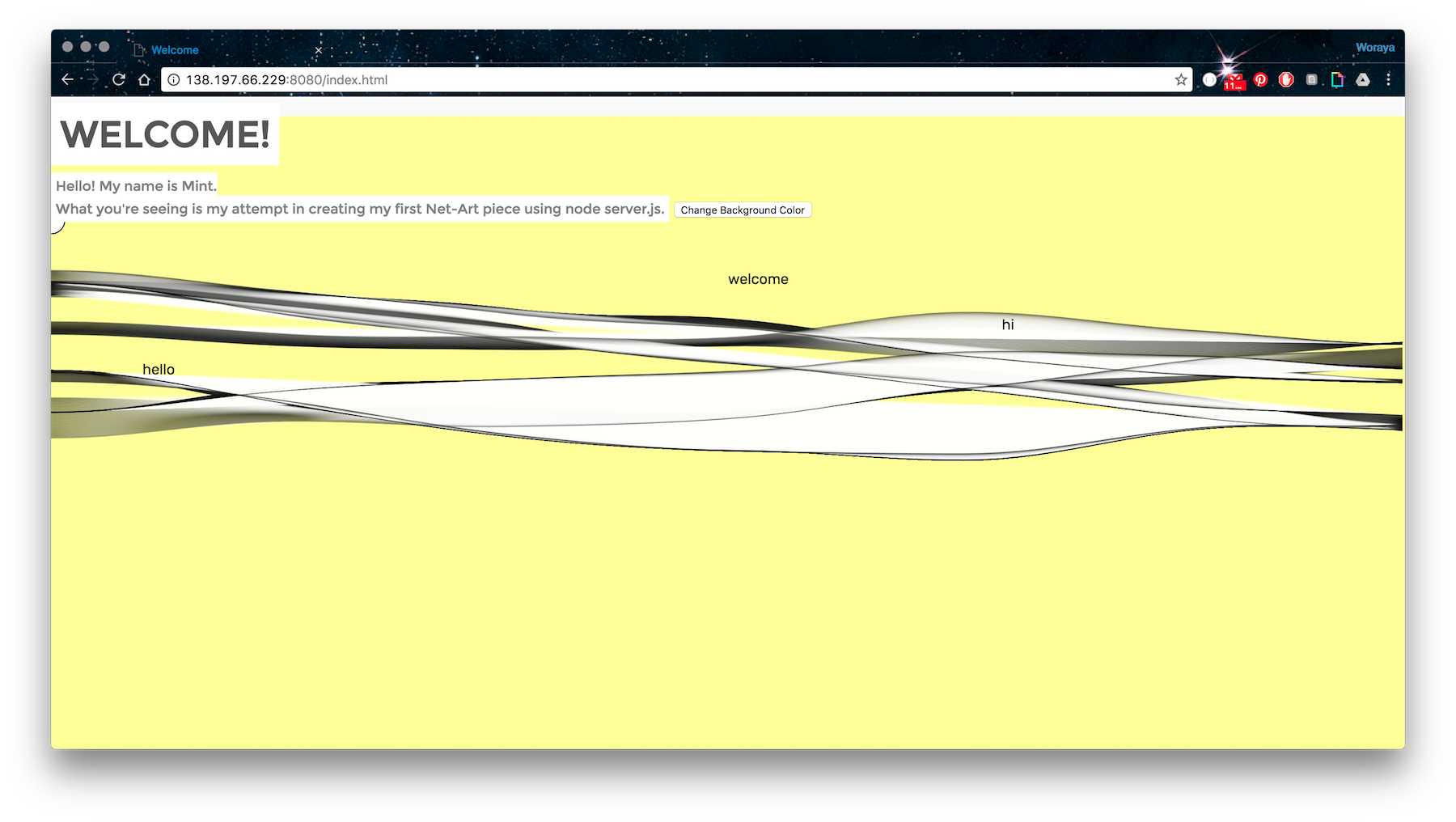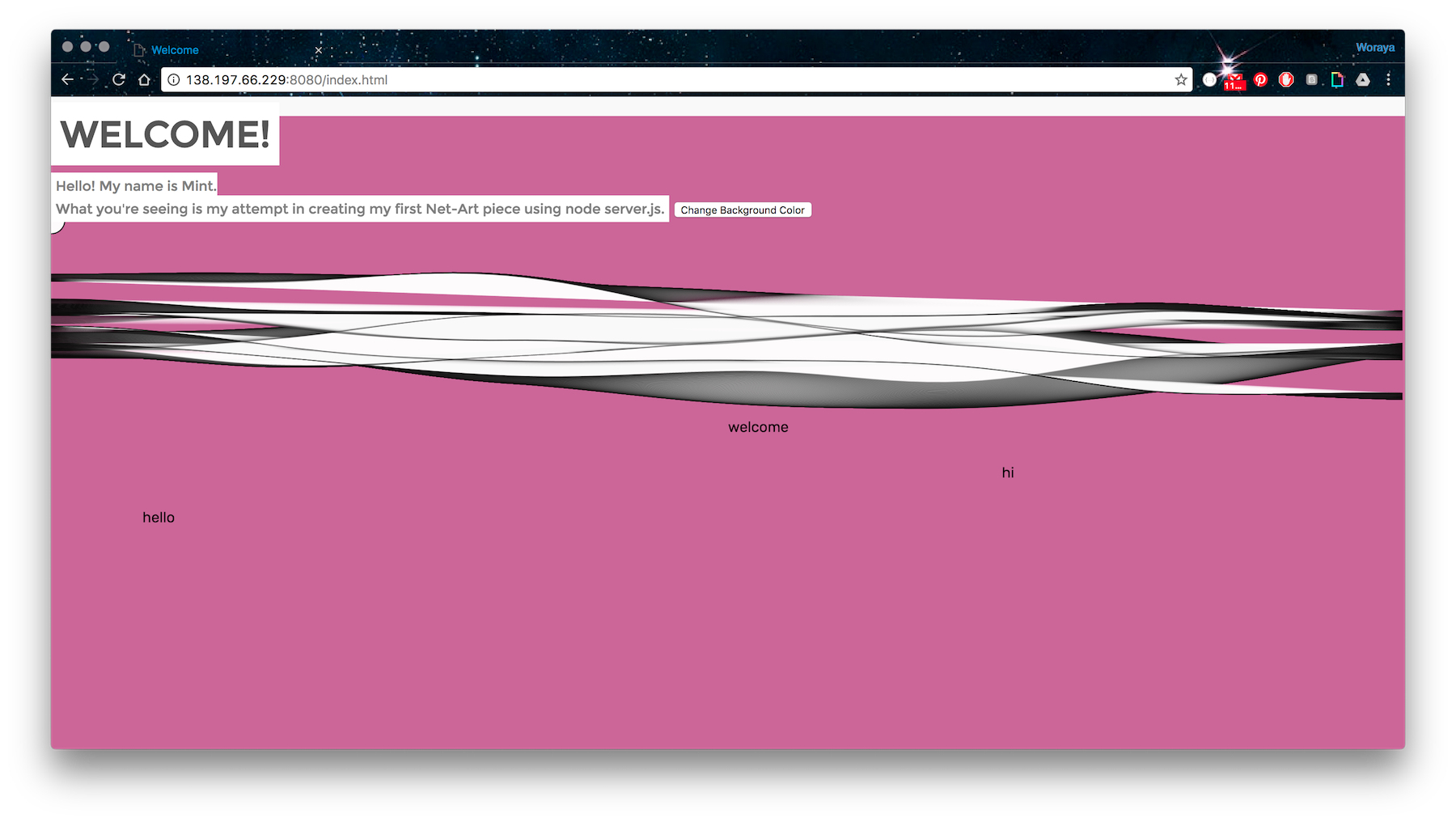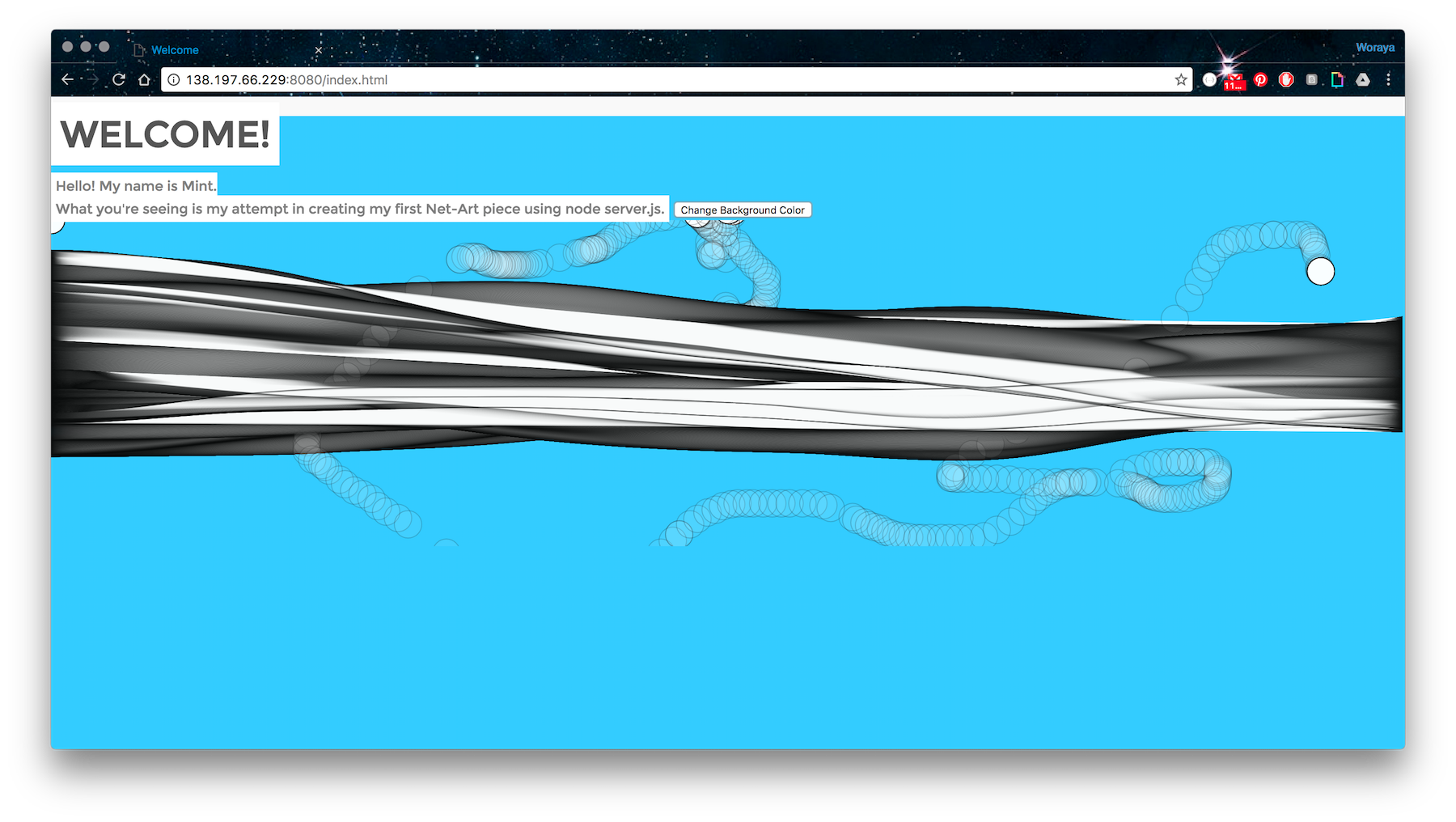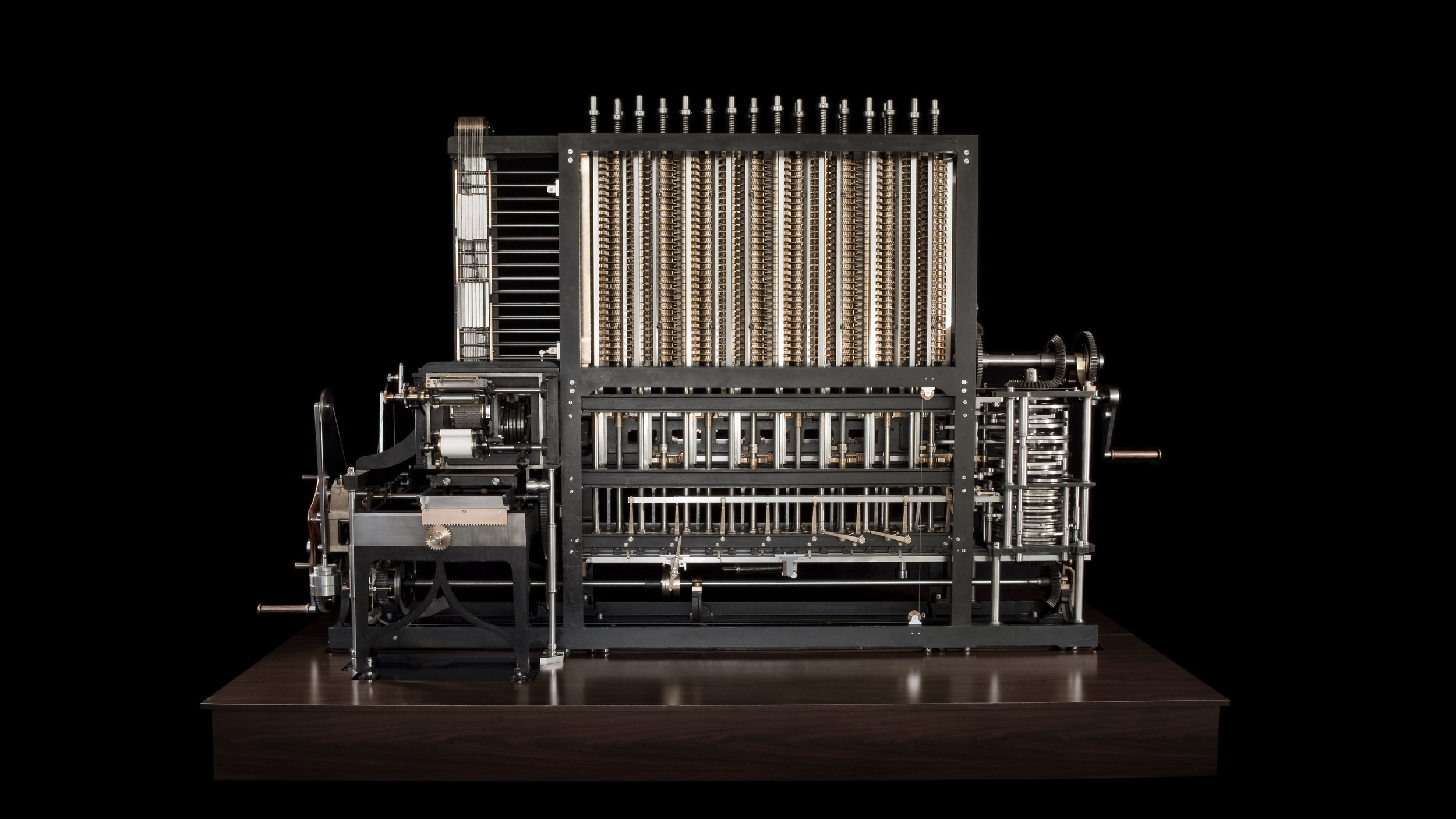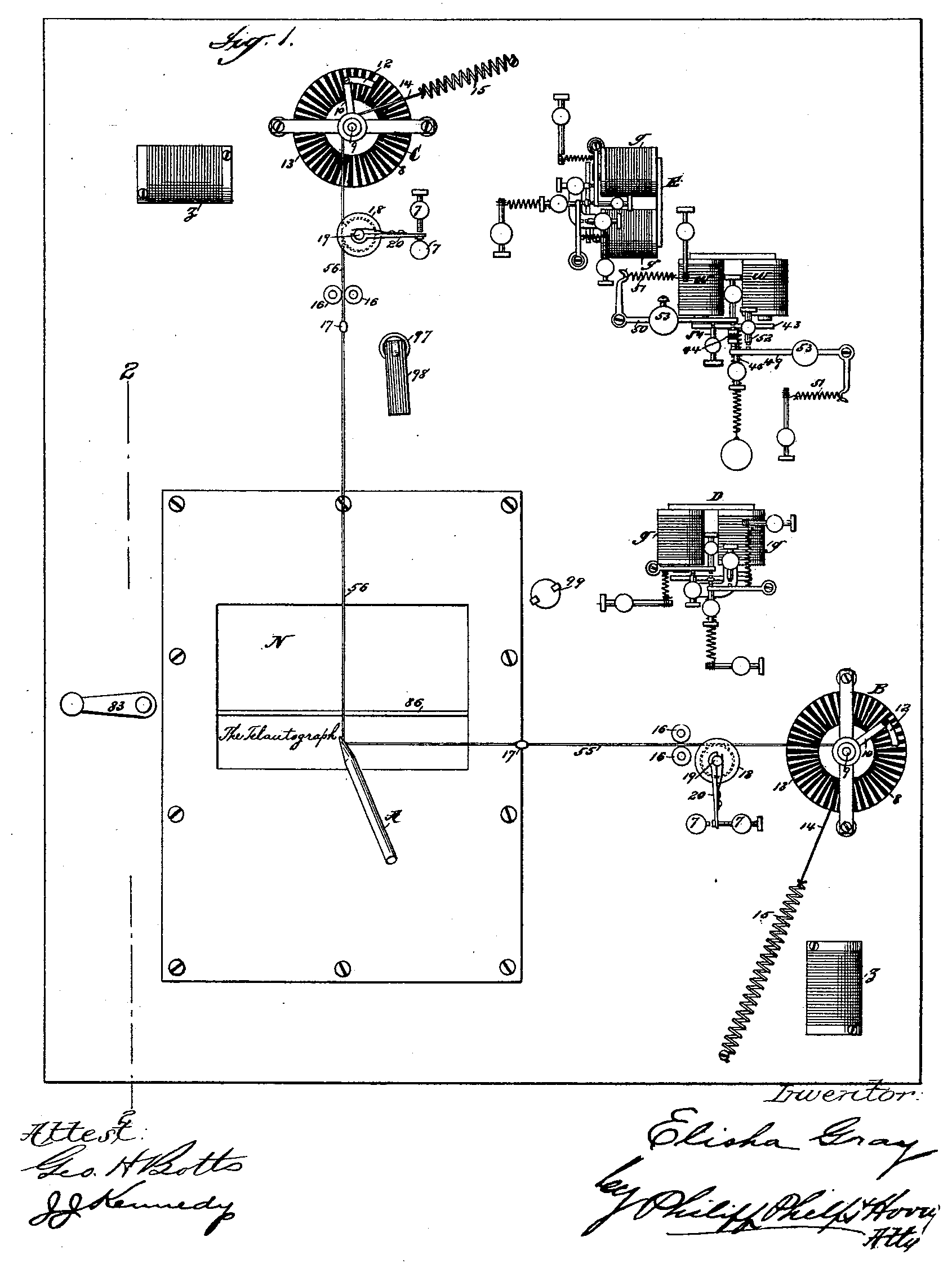nibble design concept
nibble is designed for my personal interest in exploring physical or virtual spaces through database and servers.
The project started off by learning to scrape off and take advantages of free images that are available online and saved them to my own database (Midterm Project) where I used nasa api to retrieve these images from nasa’s archive.
I originally planned to create large scale images from these patches of images but after I soon learned that the stitching process to stitch these images all together to form a city, a country or a continent was not as simple as I thought and also there was no high resolution images available from the nasa api. I quickly moved on to find other ways I can use the power of server and databases as a creative tool.
I have come to realized that I was working more and more on three.js and 360 photography camera like samsung and ricoh theta as ways to generate my own content; both images and video. So what I often do with these tools were, I imported 360 photo into a three.js virtual world. I ended up taking a lot of screenshots. A lot of images in order to tell my ideas and get my message across to my peers and teachers or whenever I’m presenting. My desktop quickly look like this…..
Design Solution
So what I am attempting to make is to find ways to ::
- a smoother , cleaner work flow
- save images online - data
Camera angles in 360 images environment is very different from 2D images where it is flat, when you are in a 3D world, if you move a camera's position even a little bit, it is hard to come back to where it was. I had to navigate and maneuver my point of view, adjusting my angle to get it just right and the process has become repetitive. This is the reason why I want to save images online.
I believe, my project is gradually developing into an early development stage of what will eventually be a media management application.
Welcome to nibble
Registration / Login Page
Press" Save" Button to save the image to mlab and ajax call.
Single Page Web Application
Database - mLab
I saved the camera's position and url in JSON file in the server database, so I can retrieve the url through ajax call and show the image onto the client side, web page.
I know that 360 image file is big and has a lot of data but the first time I console.log() the image's url, I did not expect to get this really Longggggggggggg url. The data is humungus.
What's Next?
I tried to get our presence into the virtual world through kinect but it’s very slow and super glitchy. I think that the big big file of the 360 image also contributed to the lagginess.
Special Thanks!
Shawn Van Avery
Abhishek Singh
Craig Pickard
Wipawee Sirikolkarn
Sebastian Morales
Grau Puche
ITPers!


















